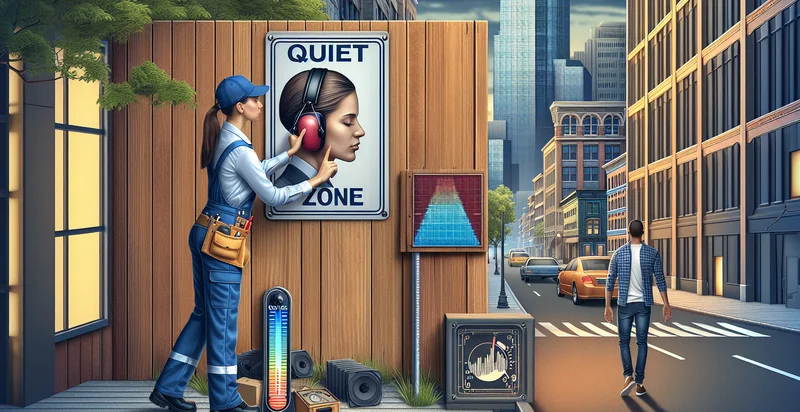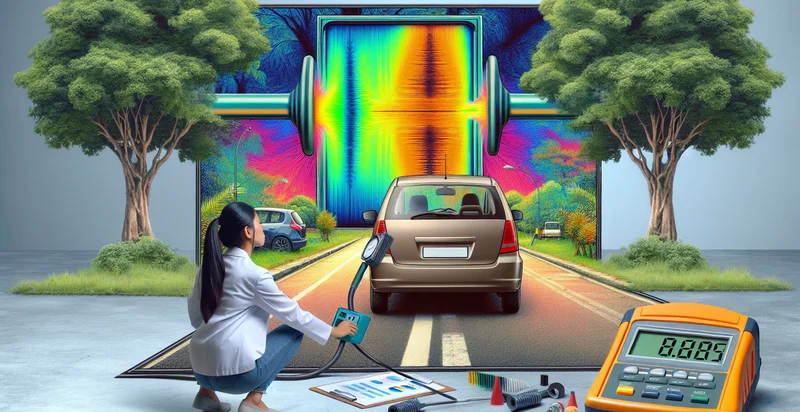Identify noise regulation
using AI
Below is a free classifier to identify noise regulation. Just input your text, and our AI will predict if noise levels exceed regulations - in just seconds.

Contact us for API access
Or, use Nyckel to build highly-accurate custom classifiers in just minutes. No PhD required.
Get started
import nyckel
credentials = nyckel.Credentials("YOUR_CLIENT_ID", "YOUR_CLIENT_SECRET")
nyckel.invoke("noise-regulation", "your_text_here", credentials)
fetch('https://www.nyckel.com/v1/functions/noise-regulation/invoke', {
method: 'POST',
headers: {
'Authorization': 'Bearer ' + 'YOUR_BEARER_TOKEN',
'Content-Type': 'application/json',
},
body: JSON.stringify(
{"data": "your_text_here"}
)
})
.then(response => response.json())
.then(data => console.log(data));
curl -X POST \
-H "Content-Type: application/json" \
-H "Authorization: Bearer YOUR_BEARER_TOKEN" \
-d '{"data": "your_text_here"}' \
https://www.nyckel.com/v1/functions/noise-regulation/invoke
How this classifier works
To start, input the text that you'd like analyzed. Our AI tool will then predict if noise levels exceed regulations.
This pretrained text model uses a Nyckel-created dataset and has 2 labels, including Exceeds Limit and Within Limit.
We'll also show a confidence score (the higher the number, the more confident the AI model is around if noise levels exceed regulations).
Whether you're just curious or building noise regulation detection into your application, we hope our classifier proves helpful.
Related Classifiers
Need to identify noise regulation at scale?
Get API or Zapier access to this classifier for free. It's perfect for:
- Compliance Monitoring: Organizations can implement the noise regulation identifier to automatically monitor and ensure compliance with local noise ordinances. By classifying instances of excessive noise complaints, businesses can take corrective actions promptly and avoid potential fines or legal issues.
- Urban Planning: City planners can utilize this function to analyze noise level data across different neighborhoods. By identifying areas that exceed acceptable noise levels, they can make informed decisions regarding zoning, residential developments, and the placement of noise mitigation measures.
- Event Management: Event organizers can use the noise regulation identifier to assess potential noise impacts of large gatherings. By evaluating noise generation forecasts, they can obtain permits more easily and implement better sound management practices to minimize disturbance to the surrounding community.
- Construction Monitoring: Construction managers can apply this classification tool to monitor noise levels during building projects. By tracking noise compliance in real-time, they can modify work schedules or equipment usage to adhere to local regulations, thus maintaining community relations.
- Environmental Impact Assessments: Environmental consultants can incorporate the noise regulation identifier into their assessments to evaluate the impact of proposed developments on local noise levels. Identifying potential noise pollution impacts allows them to recommend mitigation strategies early in the planning process.
- Smart City Solutions: Municipalities can integrate this function into smart city infrastructure to monitor ambient noise levels continuously. The data collected can trigger alerts to relevant authorities when legal noise thresholds are exceeded, enabling timely interventions and reinforcing community well-being.
- Landlord and Tenant Relations: Residential property managers can leverage the noise regulation identifier to address tenant complaints regarding noise disturbances. By analyzing classified data on noise issues, they can resolve conflicts efficiently and improve tenant satisfaction and retention rates.


